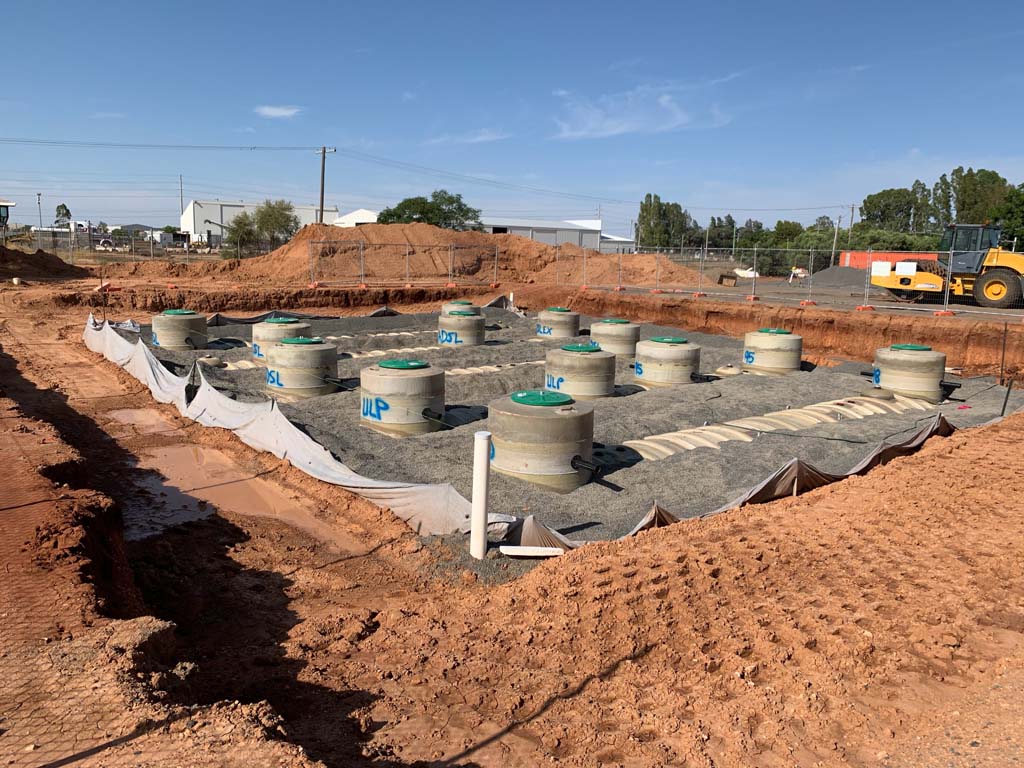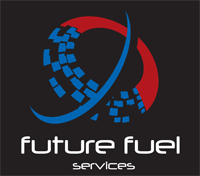Underground Fuel Tanks: Crucial Inspection and Maintenance Guide
12 September 2024
Find out the essential inspection and maintenance practices for underground fuel tanks. Ensure compliance, and protect the environment with our extensive guide.
Underground fuel tanks are critical components in the storage of petroleum products, playing a vital role in various industries across Australia. Ensuring their safety and integrity through regular inspection and maintenance is essential to prevent leaks and environmental contamination.
Importance of Regular Inspections
Regular inspections of underground fuel tanks are essential to prevent leaks and spills that can lead to environmental contamination. In Australia, underground fuel tanks are subject to strict regulations to protect groundwater and public health. The following inspection practices are recommended:
• Monthly Walkthrough Inspections: Conduct thorough checks of the tank system. This includes examining spill prevention equipment, release detection systems, and containment sumps for any signs of damage or leaks.
• Leak Detection Testing: Implement monthly release detection methods to identify potential leaks early. This proactive approach helps mitigate the risk of contamination and ensures compliance with regulatory requirements.
• Documentation: Maintain detailed records of inspections, including the date, findings, and actions taken. This is crucial for demonstrating compliance during regulatory audits.
Maintenance Practices for Underground Fuel Tanks
Proper maintenance of underground fuel tanks not only extends their lifespan but also ensures safe operation. Here are key maintenance practices to follow:
• Water Removal: Regularly check for water accumulation in the tank and remove it promptly. Water can lead to fuel degradation and microbial growth, which can damage the entire storage system.
• Corrosion Control: Inspect the tank and its components for signs of corrosion. Implement corrosion protection measures, such as cathodic protection systems, to prevent structural failures.
• Equipment Checks: Regularly inspect all associated equipment, including dispenser hoses, nozzles, and breakaway devices, to ensure they are in good working condition.
• Emergency Preparedness: Ensure that spill response supplies are readily available and that staff are trained in emergency procedures.
• Professional Servicing: Engage qualified professionals for comprehensive inspections and maintenance.
• Record Keeping: Maintain detailed records of inspections, maintenance activities, and any repairs undertaken.
Key Inspection and Maintenance Checklist
To streamline the inspection and maintenance process for underground fuel tanks, consider implementing a key checklist. Begin with a visual inspection to identify any signs of wear or damage on the tank and surrounding equipment, ensuring that spill prevention equipment, such as caps and covers, are secure and in good condition.
Regularly test and calibrate release detection systems, inspect containment sumps for leaks, and remove any debris or liquid. Additionally, it’s essential to maintain detailed records of all inspections, repairs, and maintenance activities, as this is crucial for demonstrating compliance with regulations and for future reference.
Ensure Underground Fuel Tank Longevity and Safety
Future Fuel Services understands the critical role underground fuel tanks play in the seamless operation of fuel systems across various industries. We provide complete fuel solutions throughout Australia, covering the design, supply, installation, commissioning, and maintenance of fuel systems. Call us for more information.
Optimized by: Netwizard SEO

